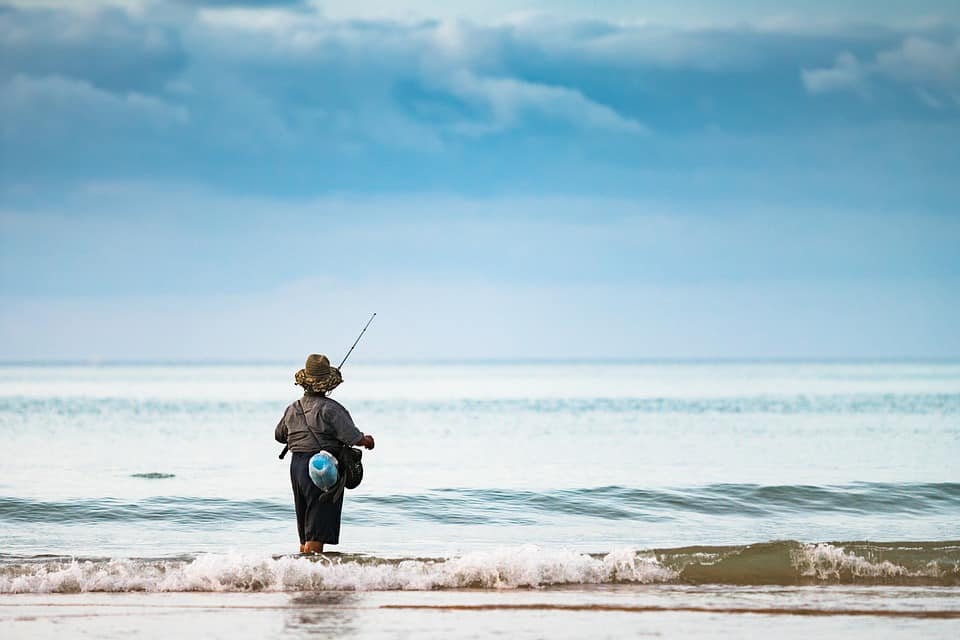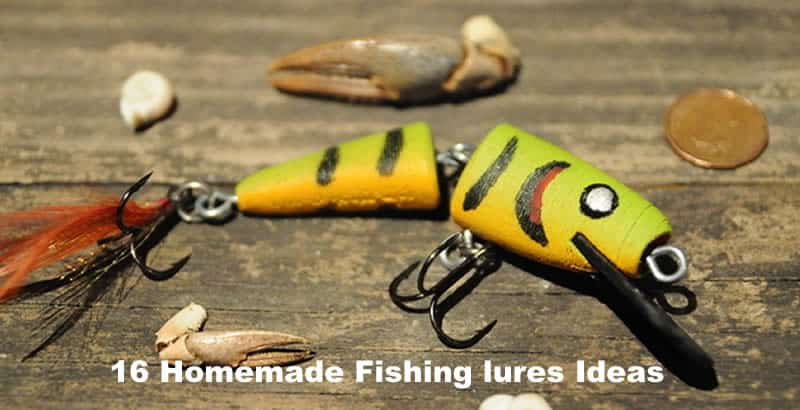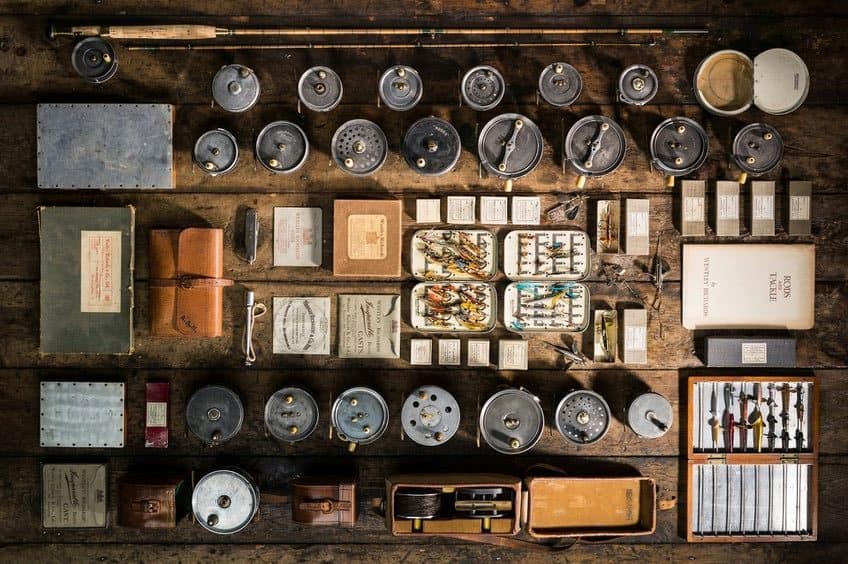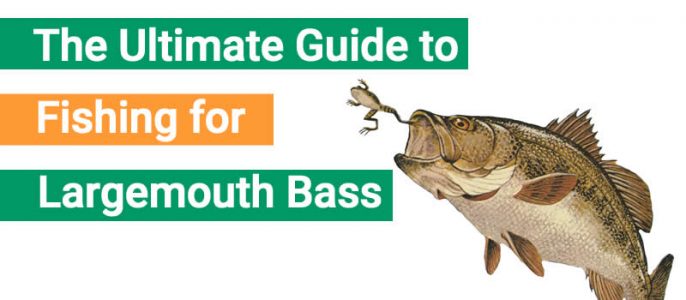If you buy via a link on this page, we may receive a commission, at no extra cost to you.Learn more
Crappie is both abundant and available all year. That’s the reason it is such a popular fish. But popularity also means competition. You should know what is considered a good size crappie before making a fool of yourself by bragging about a tiny catch.
In general, you can consider anything around 10 ounces to 1 pound in weight and 10 to 15 inches in length as a good size crappie. But this is just the average. You can still catch something bigger. Who knows, you may even manage to break the state record!
Make sure to stay with us a little longer. We will discuss size limits, records, and more!
Why does Crappie Size Matter?
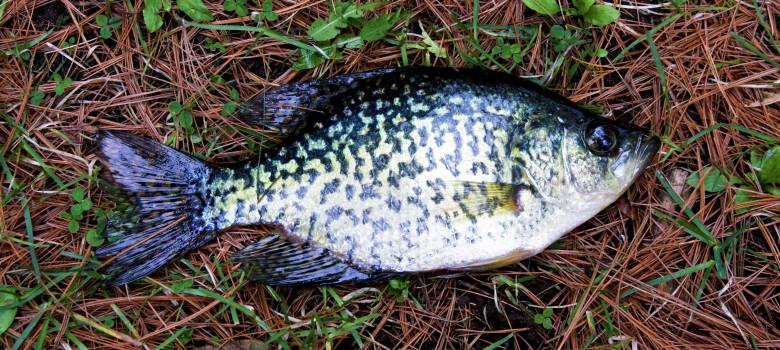
It might come as a surprise. But crappie size matters for much more than simple bragging. Some states have regulations showing what fish sizes anglers can keep. This might even change from lake to lake. I recommend checking the local regulations from time to time to avoid fines.
For example, you can’t keep crappies smaller than 9 inches in Pomme de Terre Lake. There is no size limit on Montrose Lake. Both of these are in Missouri. In Lake Meredith, Texas, crappies must be bigger than 10 inches!
There are also bag limits in most lakes. Make sure that you don’t have more fish than legally allowed. Again, this changes depending on the State and lake.
I know. Regulations might not matter if you are doing catch-and-release fishing. Still, it pays to know them. So, make sure to visit the website of the local Wildlife department. You should find all the regulations regarding bag and size limits!
Beware of Large Ones Too!
Many anglers think that it only matters if the fish is larger than the minimum size. However, some lakes also have regulations on how much fishing of a certain length you can have. This is a way to protect healthy adults in breeding age. I didn’t know this back in the day. I would have been fined if a friend hadn’t alerted me first.
For example, in Smithville Lake, you can’t harvest more than 15 crappies over 9 inches.
What is the Best Size Crappie to Keep?
I only keep fish that I intend to eat. I always release them otherwise. In my opinion, crappies around 10 inches are the best size to eat. They have enough meat for a decent meal.
A word of warning here. Check the local Wildlife department for any information regarding mercury levels in fish. Typically, the bigger the fish, the more mercury it will have. On the other hand, some lakes might pose a higher risk than others. The good news is that this information is easy to find and widely available.
Luckily enough, crappies typically have low mercury contamination.
What Size Is the Biggest Crappie Ever Caught?
Some records date back to the 57s. We will mention the size, angler, and location where this monster crappie landed below. However, much mystery surrounds that catch.
First, there were no eyewitnesses to talk to. Pictures are obscure and offer little information on the fish. But what really puts the cloud over the record is the fact that certified scales were not as popular as they are today.
That’s why we will also show the biggest crappie ever caught in recent times. These registers are certified. So, there is no shadow of doubt here.
How Old is a 16 Inch Crappie?
The size-to-age ratio depends on the lake and the available resources. But according to a Minnesota Wildlife Department study, a 5-year-old fish can be as large as 10.7 inches. As a result, a 16-inch crappie will have around 7 years.
If you take a closer look at the study, you will notice that sizes change considerably depending on the lake. You can find the results here.
The Legendary Crappie
Some of you dear anglers were not even born when Fred Bright landed that 5.3-pounder crappie back in 1957. There are no records of how large this crappie was. However, if we use this table, it should have been over 20 inches long. A true monster.
Sadly we don’t know what Fred used to catch such an extraordinary fish.
Record Crappies
Fortunately, some anglers have managed to catch other sizable specimens in recent years. For example, Jam Ferguson holds the IGFA for black crappie since landing his 5-pound 7-ounce giant back in 2018. The exceptional catch was over 19 inches long! And was caught in a small pond in Loudoun County, Tennessee. According to Ferguson, he had previously landed a 4-pounder in the same area but was unable to contact the Tennessee wildlife department to verify the weight and length.
Naturally, Jam Freguson’s crappie is also Tennessee’s state record.
Arkansas Crappie Record
If you think that landing a big crappie requires a lot of strength and skill, let me tell you that you are in for a surprise. Donivan Echols landed a 5-pound black crappie in 2011 when he was only 10! He took his sweet time reeling the monster in. But shattering a 35-year-old record was worth the hassle.
For comparison, the biggest white crappie caught in Arkansas was 4 pounds 7 ounces. It was landed by Shelby D. Cooper in Mingo Creek in 1993.
South Carolina Crappie Record
South Carolina is also home to two 5-pounder crappies. However, both were caught decades ago. In 1949, Mrs. H.P. Owens extracted a 5-pound 1-ounce white crappie from Lake Murray. Eight years later 5-pound black crappie was brought to land by P.E. Foust. It is about time to beat those records. Don’t you think?
Mississippi Crappie Records
Mississippi is one of my favorite crappie destinations. Several anglers have managed to catch gigantic specimens with both rod and reel and fly fishing!
The white and black crappie records are 5 pounds 3 ounces and 4 pounds 4 ounces, respectively. On the other hand, the biggest black crappie caught using a fly was 3 pounds.
Minnesota Crappie Records
Minnesota is the home of another 5-pounder crappie. This one traces back to 1940. It was landed with a rod and line on the Vermillion River.
Kentucky Crappie Records
Barely missing the 5-pound benchmark the other records have set, we have this 4 pounds 14 ounces crappie. It landed back in 2005. Can you do it better?
What is the Best Way to Catch Crappie?
You must be eager now to land yourself a giant. If so, you must be wondering how. Several techniques work for catching big crappies. However, I’ve found this one to be especially productive.
As crappies get bigger, they switch their diet from insects to smaller fish. Therefore, using a minnow will increase your chances of catching a big one. Consider adding a bobber, as crappies are notorious for taking subtle test bites.
Hard plastic lures that mimic minnows work too! I like troll
I also use 1/8 or 1/16-ounce jigs. I cast it and let it fall into the water. Then I start reeling slowly while jigging the rod. I use this approach when it is sunny outside and the crappies are active.
There are anglers that use spinnerbaits too. However, these won’t work in deep water. As a result, this is not a suitable approach during colder months.
Can I Catch Crappie With A Fly Rod?
Although I’m no expert in fly fishing. I’ve managed to catch crappies with a fly rod. But again, this technique is most productive when fish are shallow. Crappies won’t hit the fly if they are deep down the water column.
What is the Best Rod for Crappie Fishing?
- Spinning
- 7 to 9 feet long
- Light to medium-light power
- Fast action
I’ve used both spinning and baitcasting models. Light spinning rods are the way to go for crappie fishing. My go-to option for the past couple of years has been the St. Croix Panfish. It is not cheap. But it gets the job done all the time.
For those with a tight budget, the Cadence CR5-30 is a more than fine alternative. But if you feel you need something else, make sure to go here. I’ve tested and reviewed 10 of the best crappie rods.
What Line Size for Crappie?
- Monofilament or fluorocarbon
- Up to 4-pound line
A monofilament fishing line is the way to go for crappie fish. I know that some people use a full spool of fluorocarbon. But this is throwing money out of the window.
I commonly use a 4-pound line. Sometimes I bump up to 6 if there are too many weeds around.
Crappie Size Matters
Although all catches are precious, the size of the crappie matters. It is not only for bragging about it. But knowing the size limits will save you some fines if you decide to keep the fish. Bear in mind that this changes from lake to lake. Check the local wildlife department for updated limits.
As a general rule, you should be fine if your crappie is at least 10 inches long. But they grow much more! Some of them even reach the 20 inches mark. Make sure to call the local wildlife department if you land one of these beasts!

